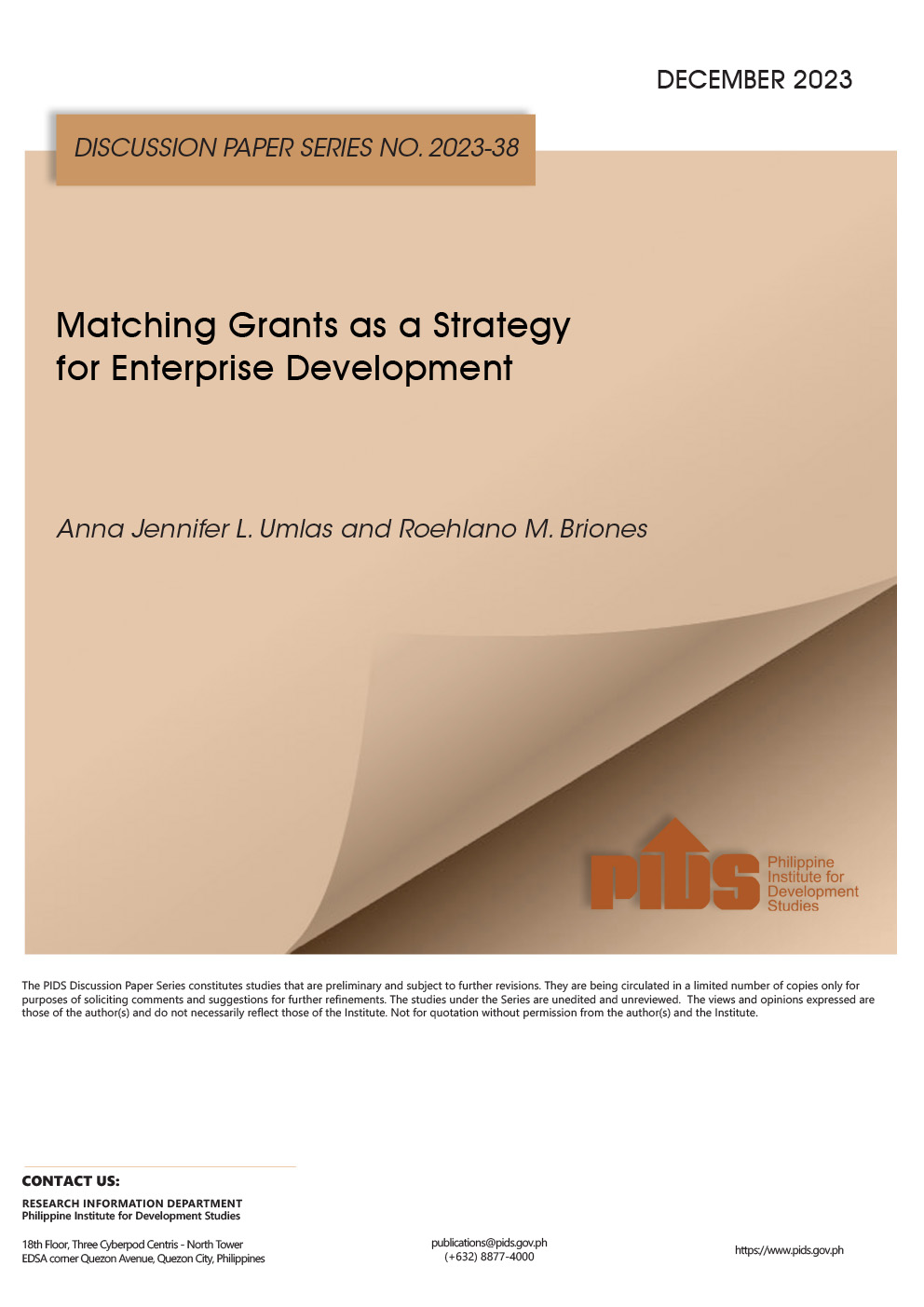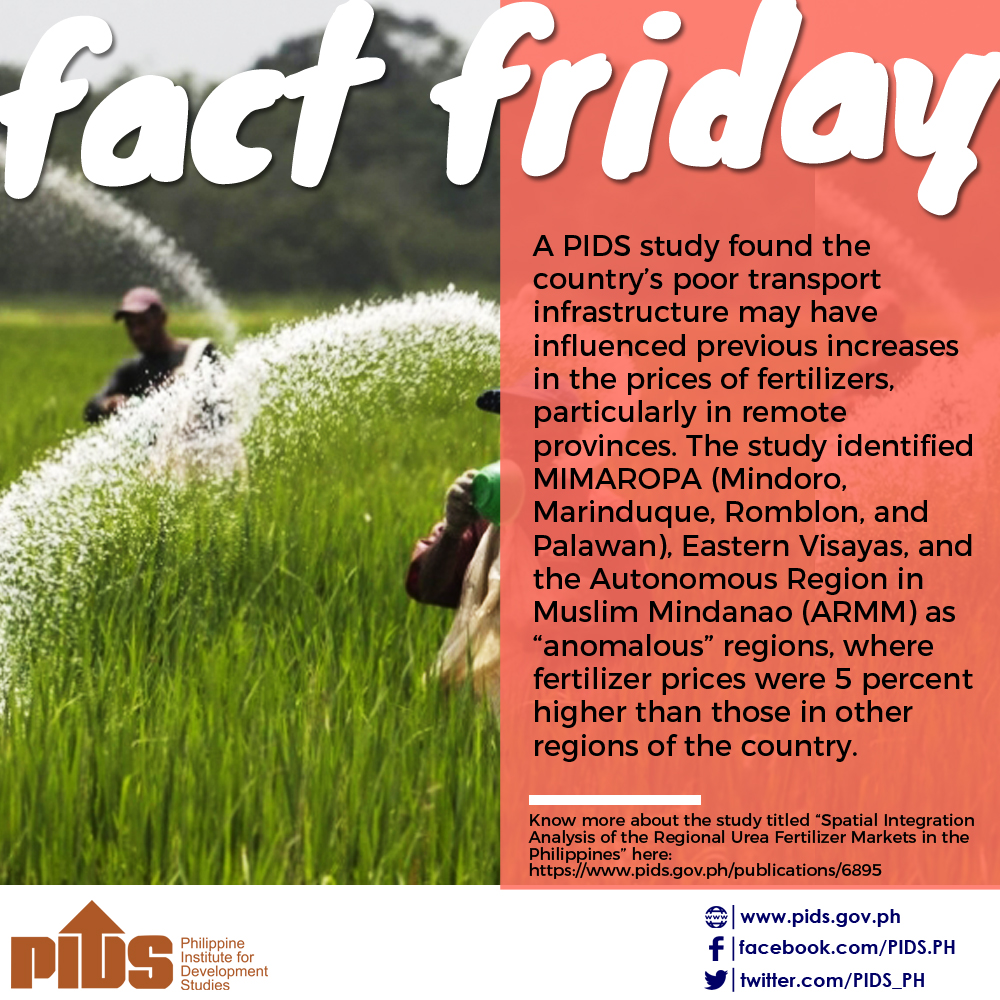Budgeting for essential needs has become more challenging for families these days. Just when Filipinos thought the worst was over with the reopening of the economy, they are finding themselves in a more difficult situation as prices of food items have skyrocketed alongside fuel prices. Petroleum products have a big impact on the food sector. Any upward or downward adjustment in domestic pump prices may raise or reduce the cost of producing agricultural commodities and consequently, the prices of food products.
Demand for diesel, the most commonly used fuel for various sectors such as agriculture, manufacturing and transportation, is much higher as of late compared with other petroleum products.
Data provided by the Department of Energy (DOE) to the Inquirer showed the first-quarter demand for diesel was 2.8 billion liters, up by 12 percent from last year’s 2.5 billion liters. It accounted for 42 percent of total demand for petroleum products during the period.
Gasoline demand, meanwhile, climbed by 6 percent to 1.8 billion liters from 1.7 billion liters, cornering a 26-percent share.
Kerosene, which is mainly used for cooking and lighting, decreased by 9 percent to 21.73 million liters from 23.86 million liters.
The wide price difference between diesel and gasoline in the past has now disappeared. Diesel, at some point this year, surpassed the retail price of gasoline at fuel stations.
Based on data from the DOE, diesel has increased by a total P36.80 per liter, gasoline by P24.30 and kerosene by P31.35 since the start of the year.
Implications are significant for a diesel-dependent economy like the Philippines as higher pump prices translate to greater food costs and inflation rising substantially.
The Philippine Statistics Authority reported that inflation hit 6.1 percent in June, the highest since October 2018. The main driver? Inflation in food and nonalcoholic beverages peaked at 6 percent, the highest since the pork supply shortage issue early last year.
Adding fuel to the fire, so to speak, is the soaring cost of fertilizer. The COVID-19 pandemic and the disruption of production and trade, exacerbated by the Russian invasion of Ukraine, resulted in the steep increase in global fertilizer prices.
Latest figures from the Fertilizer and Pesticide Authority (FPA) showed the cost of urea (prilled), the most widely used fertilizer grade, alone climbed by more than 110 percent to P2,781.20 per 50-kilo bag from only P1,320.72 per 50-kilo bag a year ago.
The Philippines virtually has no control over factors affecting the cost of farm inputs as it is a net importer of fuel and fertilizer, among many factors in pricing local food prices.
“There is only so much that government can do to control those factors,” says Roehlano Briones, senior research fellow at state-run think tank Philippine Institute for Development Studies.
These, and other challenges threatening the country’s food supply, will be the litmus test for the Marcos government in realizing the goal of making food affordable for all Filipinos.
Marcos on guard
The President himself took on the arduous task of addressing the food crisis to ensure sufficient supplies for the rest of the year—the highest priority of his administration.
“We have to attend to the impending food crisis that it seems will be visiting us in the next two quarters. When we look around the world, everyone is preparing for it,” says Marcos, who will temporarily act as the country’s Agriculture chief.
Mr. Marcos’ first order of business for the Department of Agriculture (DA) is to ramp up the production of rice, corn, pork and chicken instead of resorting to importation, a policy espoused by his predecessor primarily to fill the supply gap and stabilize prices.
“We are already in a disadvantageous position in terms of food supply. We should really pay very close attention to what we can do. I think the conclusion we have come to here is we have to increase production,” he adds.
The country ranks 64th out of 113 countries in terms of implementing the four dimensions of food security (affordability, availability, quality and safety, and natural resources and resilience), according to the 2021 Global Food Security Index of the Economist Intelligence Unit.
Global agriculture production over the next decade is projected to increase by 1.1 percent annually, “with the additional output to be predominantly produced in middle- and low-income countries,” a report by the Food and Agriculture Organization (FAO) of the United Nations and the Organisation for Economic Co-operation and Development (OECD) shows.
The OECD-FAO Agricultural Outlook 2022-2031 says “critical drivers” of agricultural development include wider access to inputs and greater productivity-enhancing investments in technology, infrastructure and training.
No relief yet in sight
“However, a prolonged increase in energy and agricultural input prices (e.g. fertilizers) will raise production costs and may constrain productivity and output growth in the coming years,” it says.
On the local front, the DA predicts that first-semester palay (unhusked rice) yield could have decreased by 6.8 percent, or a reduction of 1.1 million metric tons (MT) to 1.3 million MT. The country’s palay output may tumble below the 2020 level of 19.29 million MT if the government will not arrest the production decline through additional subsidies, the DA adds.
The OECD-FAO also expects the current price rally of agricultural commodities to be temporary. Yet, prices of commodities are seen to “subsequently resume their long-term declining trend.”
After flagging the widening gap between farm-gate and retail prices of food products, some agricultural groups have urged the Marcos administration to finally intervene and control as much as possible the dictates of middlemen. Farm-gate price is the selling price of a particular agricultural commodity agreed upon by a producer and trader, with the latter usually getting the most advantage at pricing.
The farm-gate price of bangus (milkfish) currently ranges from P110 to P115 per kilogram but in Metro Manila, it retails for about P180 per kg, the DA’s price monitoring showed.
The farm-gate price of hogs is at P200 per kg. By comparison, pork ham (kasim) is sold in the metro for P330 per kg and pork liempo for P380 per kg.
Meanwhile, the farm-gate price of rice as of April stood at P17.23 per kg. Based on the same monitoring, a kilo of rice retails for P37.50 to P51.
The new government is envisioning food self-sufficiency for the Philippines, moving away from the importation policy of his predecessor. Briones, however, says only a few countries have achieved this goal.
“Far from it. Very few countries have reached 100-percent food self-sufficiency. Even US, Euro, China import some of their food,” adds Briones.







